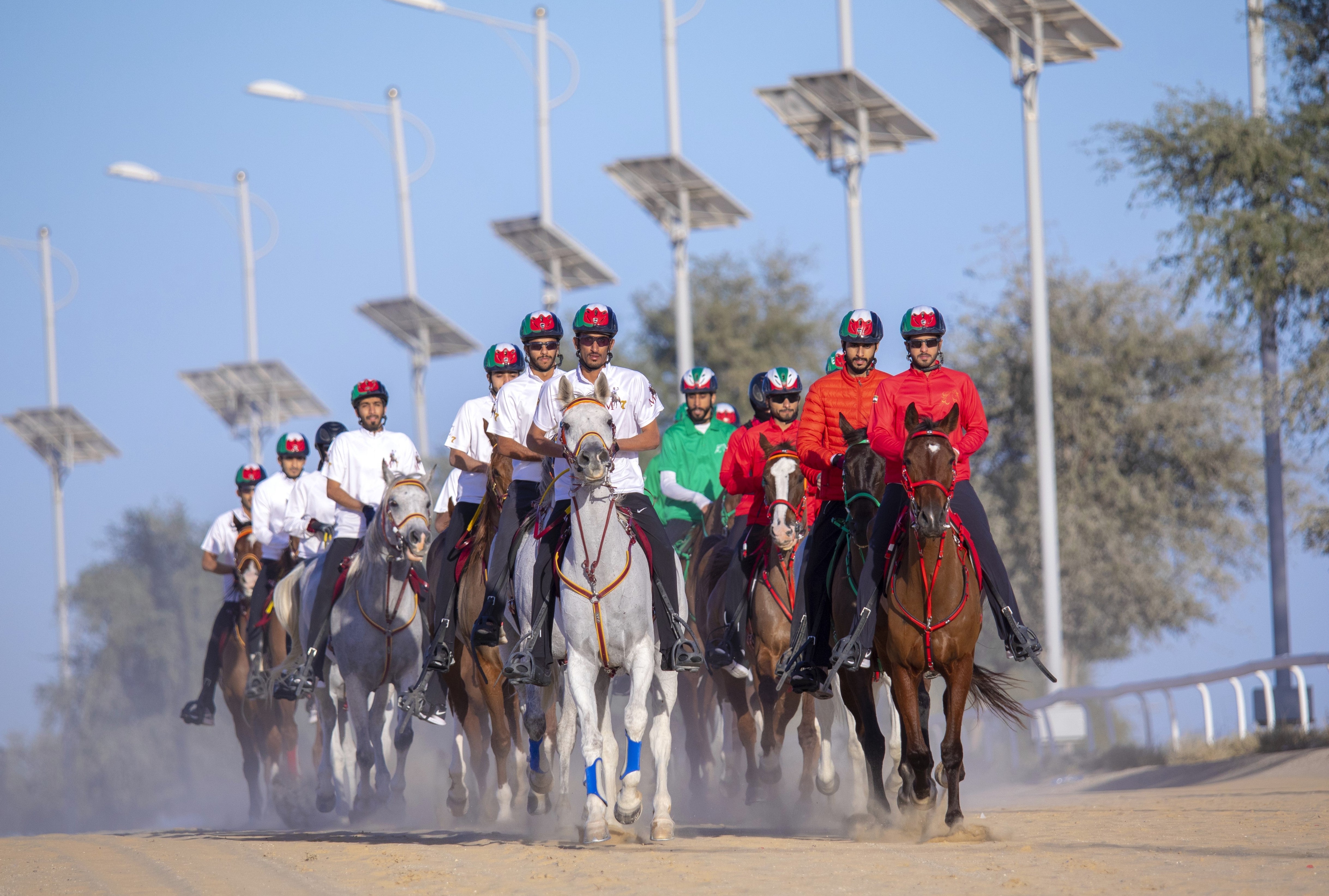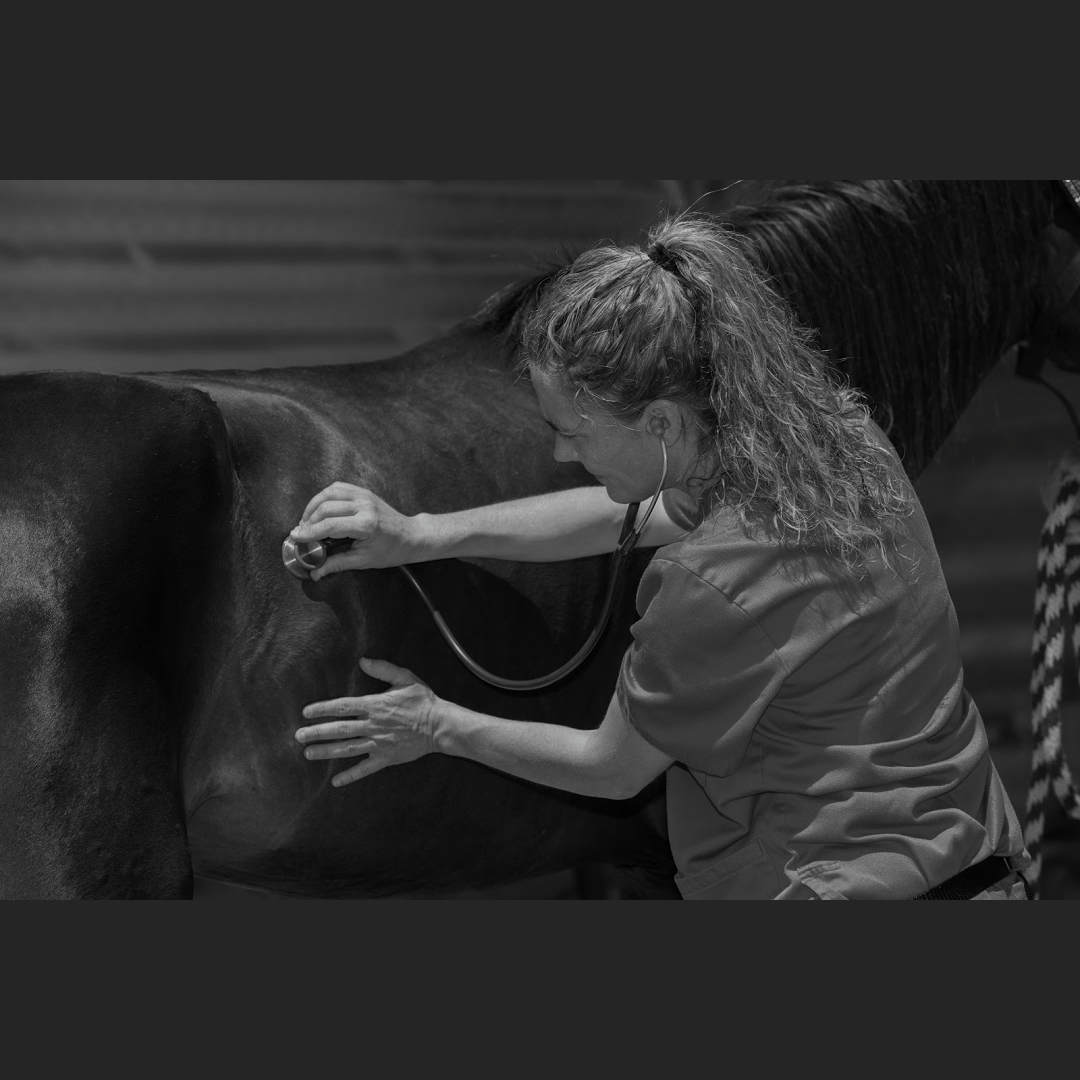
Endurance Riding
Endurance riding is an equestrian sport of long distance racing where riders compete on a course that ranges between distances of as low as 20 km to about 160 km. The races are conducted on tracks that vary in topography and climate. It is one of the international equestrian competitions recognized by the FEI - the international governing body of equestrian sports.
As the name suggests, it is about ‘enduring’ the most - most in terms of time, terrain and temperature. While long distance rides have prevailed since the taming and domestication of horses, Endurance riding emerged as a formal sport in 1955.
Endurance riding not only allows you to experience and enjoy beautiful landscapes, but you emerge victorious, regardless of when you cross the finish line, with the knowledge of having overcome vast distances and pulled through a highly competitive environment. Furthermore, many riders compete to enhance their personal performance and build stamina and resilience.
Before the main race starts, the horses need to go for a pre-ride vet check and are only allowed to proceed further when declared fit by the veterinarian. After the pre-ride vet check, the race begins. The track or the trail is divided into loops where there is a stop after each loop for a veterinary inspection, usually at the base camp.
In the inspection, the horse is checked for soundness and dehydration. The vet check includes a thorough physical examination along with metabolic testing, breathing, pulse, and trot check. Likewise, it also includes reducing the heart rate to reach a set target, usually 64 bpm (beats per minute) within 20-30 minutes before the horse is examined. Hence, the essential factor is the rate of recuperation of the horse. The minimum amount of time the horse takes to recover and regain the strength from the exertion, and resumes the race.
As the equine’s wellbeing trumps all, it is mandatory for the horses to pass the veterinary inspection in order to remain in the race. The horse is held for approximately 40-50 minutes of rest after the inspection. The horses that fail to pass the inspection and are deemed unfit due to fatigue or lameness are eliminated from the race.
While some riders participate without additional support, many riders are assisted by their crews who help them during vet checks, efficiently preparing the horse for the inspection and giving the rider a brief respite. During the race, the riders are allowed to choose their own pace; adapting to the environment and topography. Riders are free to choose to ride, dismount, walk or jog with their horse without penalty.
According to the rules of the FEI, the first rider to cross the finish line and is deemed fit after the vet check is declared as winner.
Endurance riding requires meticulous planning, strategies and rigorous training. Both for the horse and the rider, the long distance trail not only takes a toll on the body but is mentally demanding and exhausting as well. The riders must be adept with the pace of the equine to know when to speed up or
slow down. They should be proficient and attuned with the horse to interpret the horse’s condition and to recognize the signs of fatigue and exhaustion.
The FEI requires all those involved in international equestrian sport to adhere to the FEI Code of Conduct and to acknowledge that the welfare of the horse must be paramount. As per FEI, there are some equipment that are prohibited such as: any type of rein that may unduly restrict the free movement of the head of the horse (like draw reins or French reins), ear plugs, whips and spurs. Although there are no saddle specifications, the riders and the teams must comply with certain regulations for equipment. Every rider must wear the protective headgear of a recognized equestrian/ endurance standard, and it must be securely fastened. Safe riding footwear with heels of 12 mm or more or, alternatively caged/boxed stirrups/ equestrian safety stirrups are also compulsory for all persons at all Endurance events whilst mounted.
There are many more factors that govern the type of saddles and accessories that are required; like terrain, weight of the rider etc. For flat tracks, lightweight and comfortable saddles are used for cantering. Whereas, for high mountain trails, saddles that helps to ride in suspension.
Horses must be equipped comfortably and fitted properly. Minor problems such as poor adjustment and pressure points can be tolerated for short rides but becomes significant issues for long rides which can lead to lameness or soreness. Safety and comfort of the horse must never be compromised. In endurance races, the ride pushes your and the horse’s limit and requires the drive to carry through difficult paths and challenging scenarios. It tests the ability to withstand rough terrains and involves great amounts of physical exertion. The significant detail to factor in is the horse’s stamina and its natural endurance abilities. The most suitable saddles and equipment are those that are designed specifically for endurance races.
Setzi being a distinguished brand of saddlery manufactures a wide variety of saddles and accessories suitable for endurance riding, ranging from the lightest durable saddles to heavy sturdy ones. What makes it different is the design and construct shaped to conform to the comfort of the horse and the needs of all level riders. We are well acquainted with the demands of Endurance riding and mold our products keeping in mind the requisites required for this domain. Years spent in testing and trying our products, we have been able to appease our riders without fail.
Our saddles allow absolute contact with the horse enabling a greater sense of control for the rider. These are created to ensure that they are lightweight while keeping in mind comfort and taking into consideration the long riding hours. The saddles are light, comfortable, waterproof and durable, and fit well to the horse to avoid putting pressure on any part of the horse.
A sport of riding together but competing as individuals, endurance riding is no mean feat. Taking part in these races is one of the most taxing physical challenges one can set for their horse and themselves – however, there is nothing more rewarding than accomplishing an intense goal


Leave a comment
This site is protected by hCaptcha and the hCaptcha Privacy Policy and Terms of Service apply.